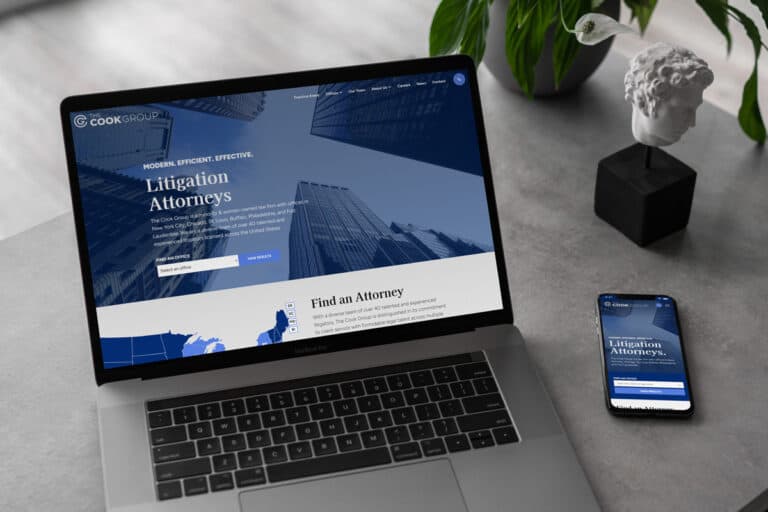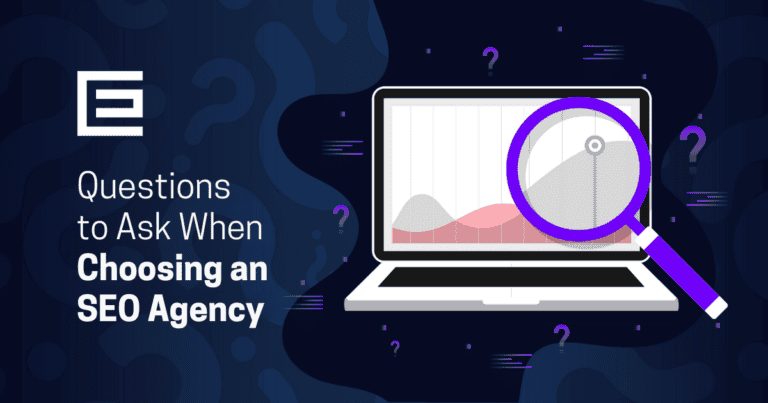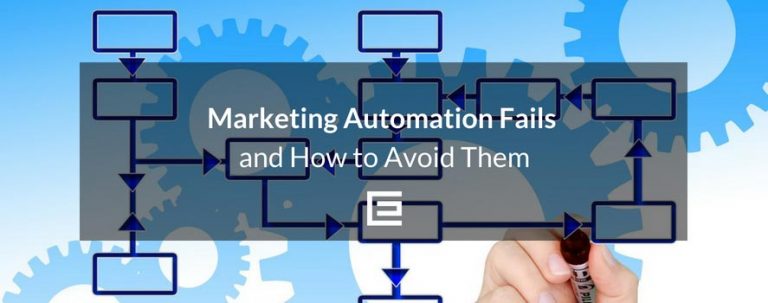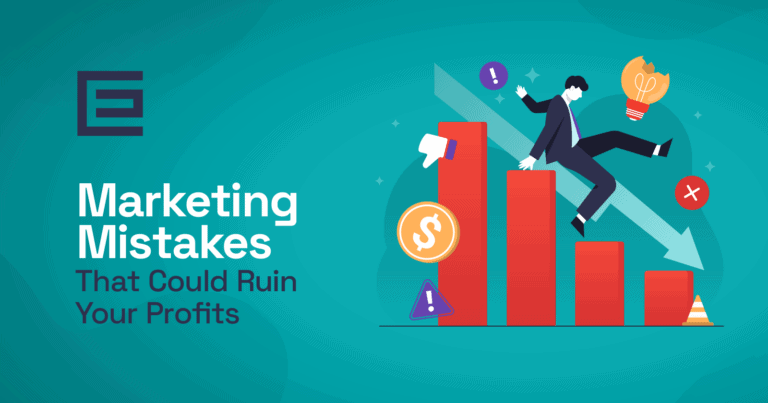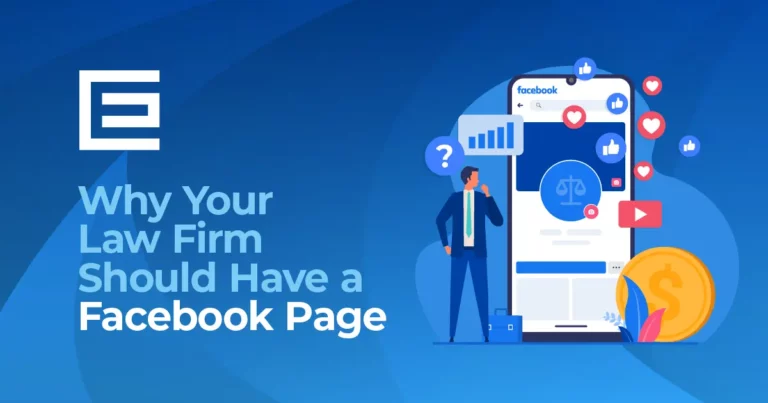Leveraging paid Facebook ads for your digital marketing strategy has been proven to be quite effective. It has become one of the most used advertising channels for digital marketing professionals and is also becoming popular with novice users.
Thousands of companies advertise each day through Facebook. Unless you know what you are doing, it can be a very rough market. In order to be successful in this realm and to get the most out of your advertising budget, you need to determine who your target audience is and zero in on them. Read further to learn more.
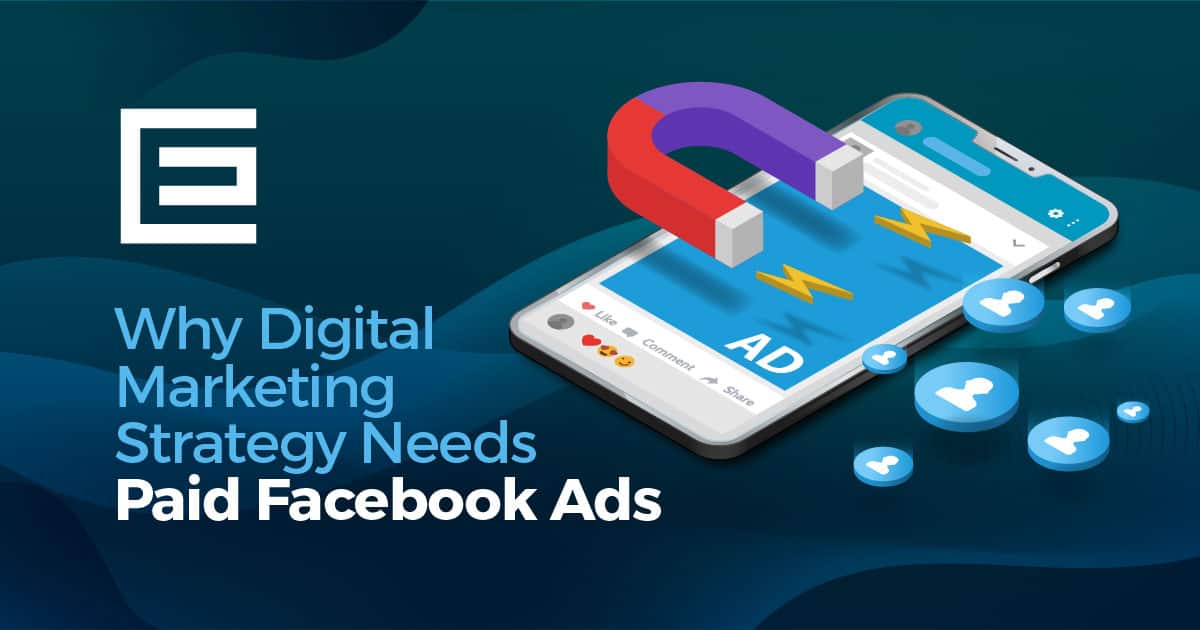
Laser Focused Ad Targeting
The best way to hone in on specific segments of your audience is through what is known as Ad Targeting. When you are done reading this article, you will have gained a better understanding of how to develop a digital marketing strategy that you can use with your own paid Facebook ad campaigns.
Before we get into the benefits of tailoring to a specific audience, you should understand the main differences between Google paid advertising and paid advertising within Facebook.
- Google is good for fulfilling demand – people often search Google for a specific product or service to buy.
- Lifecycle of a Google ad is Ad Creation, Ad Testing, Tuning and Tweaking the Ad. Then Forgetting it.
- Facebook is good for generating demand through discovery.
- Facebook’s ad lifecycle is a little different: Ad Creation, Testing, Tweaking and Tuning, then Repeat. You will be constantly changing the design of your ad and even changing audiences until you reach your desired outcome.
How Do You Use Laser Focused Ad Targeting?

Once you know and understand your target audience, LFAT can be quite simple. You can channel your paid ads through these four primary categories: Behavior, Demographics, Location, and Interests.
- Behaviors are activities that are done on or off of Facebook that inform on which device they are using, travel preference, and purchase intent. User’s behavior is constructed from activity on Facebook and also from offline activity that is provided by trusted third-party providers. For example, if you are an HVAC contractor, you could target those that are into DIY home repair projects.
- Demographics can target your Facebook ads to people based on the content that they share within their Facebook profile such as gender, age, relationship status, career type, and education. For example, a wedding venue can target their ads to women ages 22- 45 that are newly engaged.
- Location You’ll be able to reach people in particular locations by country, state, city, and zip code. You can also exclude specific locations as well. For example, if you are a limousine company looking to boost your reservations for prom season, you could target high school seniors within 10 miles from their high school. Or a dental office could gain more patients by targeting those users that have recently moved to a new location.
- Interests are identified from information that the user has added to their timeline, pages that they have liked or clicked on, and keywords associated with the pages they like or apps that they use. For example, if you own a fishing lure company you can market your shiny new lures to those users that have an avid interest in fishing by talking about fishing on their timeline or visiting fishing related pages.
What is a Custom Audience?
You can target your Facebook ads to current customers or prospective clients using information that you already have. You can upload a list of email addresses, phone numbers, being even more detailed by uploading the user’s Facebook id.
Create an Advanced Website Custom Audience with The Facebook Pixel
Some visitors are more valuable than others. Facebook allows you to determine which users are more likely to convert over to a lead or as a customer. You will need to embed a small bit of code within your website. You will then be able to deliver Facebook ads to those that have been to your website based on factors such as:
- Frequency – How often a visitor visits a page. Or performs an action.
- Dynamic Dates – Allows you to target visitors that have been to your site over a set range of dates.
- Aggregated Values – Allows you to target ads to those that have spent a considerable amount of time on a page or set of pages.
- Inclusion or Exclusion of Devices – Able to include or exclude Android, iOS, desktop, and other types of mobile devices.
What About Ad Placement?
Where you put your Facebook ads can make all the difference to your digital marketing strategy.
- Right Hand Column Ads – Lower in cost but low performance.
- Mobile Newsfeed – Great for app installs but difficult for website conversion.
- Newsfeed – Ideal placement for higher engagement and conversion.
As with any digital marketing strategy, your landing page needs to be consistent with your Facebook ad’s wording and design.
Key Metrics To Follow
- Reach – How many Facebook users are you reaching? If not enough or barely any, increase your bid.
- Cost Per Action – You should focus on keeping this metric low in order to have your Facebook ads profitable.
- Likes – The only thing a lot of likes are good for is bragging rights. Rather than focusing on likes and whether or not you went viral, focus on actions and engagement.
- Frequency – How many times Facebook users have seen your ad. If your ad has been seen too many times but has resulted in minimal actions. Consider changing the design of your Facebook ad.
Contact Us for Help with Your Paid Facebook Ads and Digital Marketing Strategy
Facebook ads can be very effective when done right. Research your target audience, test your ads and measure the results. Once you have found the winning combination that delivers the highest return on your investment, expand your marketing efforts to reach more Facebook users.
If your business needs help with Facebook advertising or reaching your target audience on any platform, reach out to a digital marketing professional at TheeDigital. We can help!
Contact our Digital Marketing Strategists at 919-341-8901 or Schedule a Complimentary Consultation and Website Review Today.
